The pair of boats pulled ashore at Tatahatso Beach just before dinnertime on July 14, 2021. Passengers unloaded from the motorized 37-foot-by-15-foot S-rig rubber rafts. Taking advantage of the nice weather, they set up their tents and dried their gear before heading to the river to socialize.
It was the second day of an eight-day commercial trip down the Colorado River’s Grand Canyon. The group had set off from Lees Ferry the day prior. On this afternoon, the Arizona Raft Adventures group camped on a crescent of sand, rock and scrub set at the base of towering red walls, on river left of a curve near mile 38 of the river. As of yet, there was no hint of the terrifying flash flood that would turn their Grand Canyon trip upside down.
The day it rained rocks on the Grand Canyon’s Tatahatso Beach
Rafting the Grand Canyon is the trip of a lifetime, and one Randy Harris had been planning for more than two years. Sensing the oncoming rain, he decided to wait to set up his tent. Instead, when the rain hit camp at about 5 p.m., he found shelter under a seven-foot overhanging rock and watched a thick stream develop on the path between the port-a-potty and camp.
“I’m no civil engineer,” he thought, “but that can’t be good.” Within minutes the downpour was accompanied by hail and the wind picked up. Then it rained even harder.
Nearby, trip leader Maggie Oliver, on her 65th journey down the Grand Canyon, and 25-year veteran guide Liam O’Neill paced between where most rafters pitched their tents and the wash near Harris’ rock. They instructed some clients to move their tents to higher ground as the rain started to pool.
O’Neill kept looking up to the usually dry rim drainage. He and Harris watched as it started to flow, increasing in volume, then exploded in a cloud of rust.
“Run!” O’Neill yelled, himself running to rouse the other campers.
“When Liam yelled to run, I did not hesitate. I haven’t run that fast for 40 years,” says Harris. As he ran to the boats, collecting his daughter along the way, he saw a red-brown cloud descending on the beach. Like the wrath of a god, he thought.
“It seemed like the whole mountain was falling on us,” recalls Harris.
The falling mud turned the air red-brown. “Like opening your eyes in muddy water. It seemed like the end of the world,” says Harris. “When we got to the boat, I couldn’t see five feet away. I couldn’t see anybody, even though about 14 were on board.”
“It seemed like the whole mountain was falling on us.”
Protecting his daughter with one arm, Harris raised his insulated metal cup overhead for protection, surprised to find he’d been holding it the whole time. The rafters huddled for cover as rocks up to six inches in diameter pinged off the raft’s tubes and aluminum dry boxes.

The guides steered for the middle of the river, away from the steep walls. O’Neill reversed into the current. His wife, Kristen, was hit by a large rock, fell into the river, and clung to a float. She couldn’t pull herself up. O’Neill and another rafter maneuvered her out of the water and recognized her injuries as life-threatening.
Once the rafts were in the middle of the channel, the guides could push the SOS buttons on their InReach devices.
Counting survivors as rescue efforts swing into action
In 2021, more than 27,000 people descended the Colorado River through Arizona’s Grand Canyon. Search and rescue operations were tasked about two dozen times. In the summer, daytime highs regularly spike above 100°F, while the river, fed by the Glen Canyon Dam, hovers at around 50°F. Common injuries include hypothermia.
The severe weather at Tatahatso Beach lasted maybe 90 minutes. Unbeknownst to the guides, the National Weather Service had issued a flash flood watch for Grand Canyon Country nearly two hours after the group had gotten on the water that day. The watch predicted afternoon and evening monsoonal thunderstorms.
Seventy-six-year-old Nancy Crabb and her son Joel were delayed getting to the boats. The thunderous red cloud over their camp had made it hard to see or hear. Crabb was knocked down and swept into the river. Joel, figuring it was too late to get to the boats, hunkered down at the highest ground he could find.
Mid-river, Oliver and O’Neill counted their passengers. They were missing five people: Crabb and Joel, Frank and Jennifer Robinson and Rebecca Copeland.
Oliver used the satellite phone to contact the National Park Service (NPS). She said a flash flood had obliterated their camp at Tatahatso Beach, and they lost almost everything. They didn’t have enough PFDs for everyone but had drinking water. She also said they had numerous injuries, and five people were missing. With rafters starting to get cold and at risk of hypothermia, the guides opened their drybags, still on board, and distributed clothes.
O’Neill traveled a couple miles downstream to Redbud Alcove, where he set up a makeshift first aid tent. As the visibility improved, Oliver’s spotters saw someone standing near their camp.
It was Joel. After his waving caught the boat’s attention, he returned to camp. Miraculously, one tent was still standing. Inside were Frank and Jennifer Robinson. They sheltered in their tent during the deluge, holding up their drybags and air mattress against the inside of their tent. There was still no sign of Copeland or Crabb as Oliver piloted the boat with the additional survivors downstream toward Redbud Alcove.
NPS knew the injured needed a helicopter evacuation but getting there proved difficult. Monsoon thunderstorm conditions continued into the evening. Their focus shifted to getting paramedics to Redbud. A pilot accepted the “high risk” flight, transporting paramedics to the makeshift camp. They landed just before 8:30 p.m.
Kristen was evacuated first around 3:17 a.m., landing about one hour later at the Flagstaff Medical Centre. There she underwent multiple surgeries for her shattered pelvis and broken ribs; her lungs were drained, but her left kidney was crushed beyond repair.
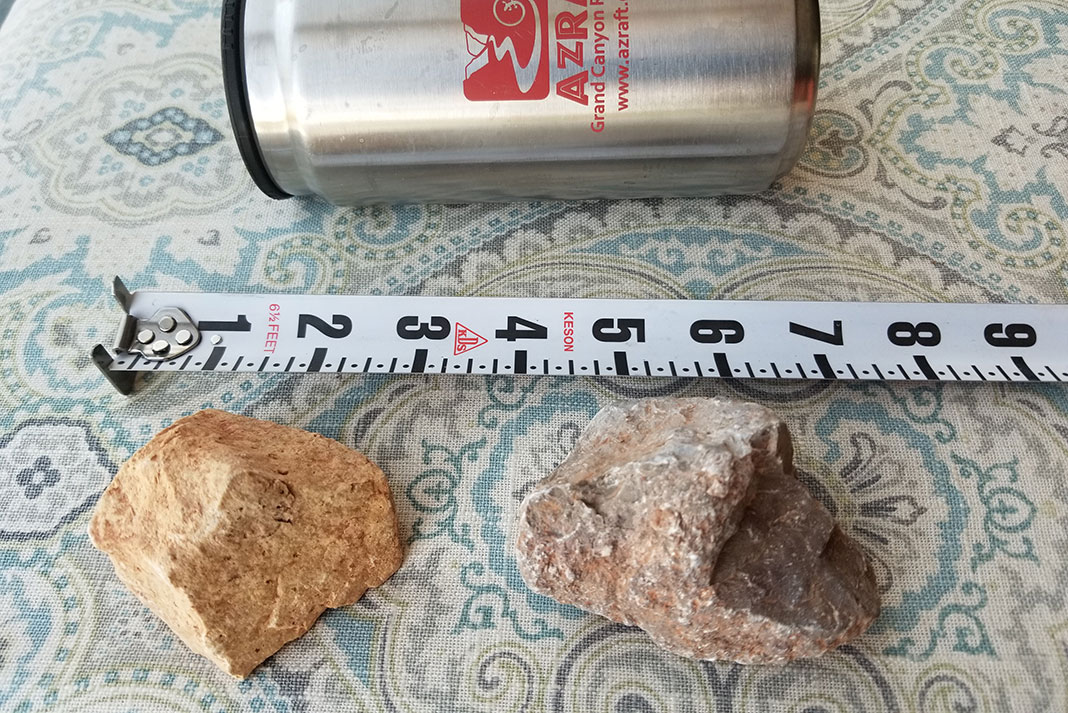
Another miracle, followed by tragedy
A few miles upstream, Western River Expeditions lead guide Stephen Wiley was notified of the flash flood at Tatahatso and realized his group would likely be the first to pass the beach that morning.
They heard a woman’s shouts before they saw her. Crabb was waving her arms onshore. Tatahatso Beach resembled a war zone. Everything was covered in mud, rocks, boulders and other debris. “I heard what happened,” Wiley said to Crabb, enveloping her in a hug.
Crabb spent the night cold and alone in what remained of Arizona Raft Adventures’ camp at Tatahatso Beach. She sheltered in the Robinsons’ empty tent, passing in and out of sleep until it began to rain overnight. Then, worried about another flash flood, she stayed up.
After being knocked into the frigid Colorado River the night before, she managed to grab onto a drybag floating past, and later, a cooler, which kept her afloat. She let the current take her in the turmoil. Eventually, she was pushed closer to shore and climbed out.
Crabb realized she was upstream of where she went into the river. Walking back toward camp, there were no people or rafts in sight. She thought everyone had died. Shivering badly, she unzipped the Robinsons’ tent and climbed in, cozying up on the wet floor with an air mattress and a sleeping bag she found outside.
She emerged at daybreak and settled on a rock with a good upstream view. Eventually, she spotted boats on the horizon.
Crabb was later transported to Redbud Alcove, reuniting with her family before their helicopter flight out of the canyon.
The Western River Expedition guides found a partially buried body downstream, directly in the wash’s path. Rebecca Copeland, 29, had camped away from the others and likely didn’t hear the calls to run as the wash breached the canyon rim and tumbled onto the beach carrying tons of debris.
Quick thinking and decisive action saved lives
Tatahatso Beach is considered a “safe” flash flood camp, says Wiley, a guide with 280 Grand Canyon trips under his belt. Nothing is “truly safe,” he concedes, but guides do their best to ensure both their own safety and that of the people they accompany down the river.
The Arizona Raft Adventures guides’ quick thinking saved many lives on Tatahatso Beach that day. It’s a sentiment echoed by many of the trip’s participants, who continue to keep in touch over a year later.
Tatahatso Beach is considered a “safe” flash flood camp, says Wiley, a guide with 280 Grand Canyon trips under his belt. Nothing is “truly safe,” he concedes.
“Those guides are heroes,” says Harris. “I can’t say enough good things about them. They saved my life twice. More importantly, they saved my daughter’s life. If delayed another minute, most of us would have been dead.”
O’Neill received the Higgins and Langley Award for his “quick decision making and immediate tactical swiftwater actions to save lives.” His wife, Kristen, is still recovering. Both Oliver and O’Neill are back on the water guiding trips with Arizona Raft Adventures.
Harris is planning a return to the river in 2023 but before monsoon season. “I don’t want this flash flood to be my last memory of the Grand Canyon,” he says.
When the trip comes, Harris hopes O’Neill will be his guide.
Donate to Kristen O’Neill’s accident recovery on her GoFundMe page.
Rafter Tim holds the top of an aluminum dry box that he held over other rafters to protect them during the deluge of mud and rocks during the flash flood at Tatahatso Beach. | Feature photo: Randy Harris


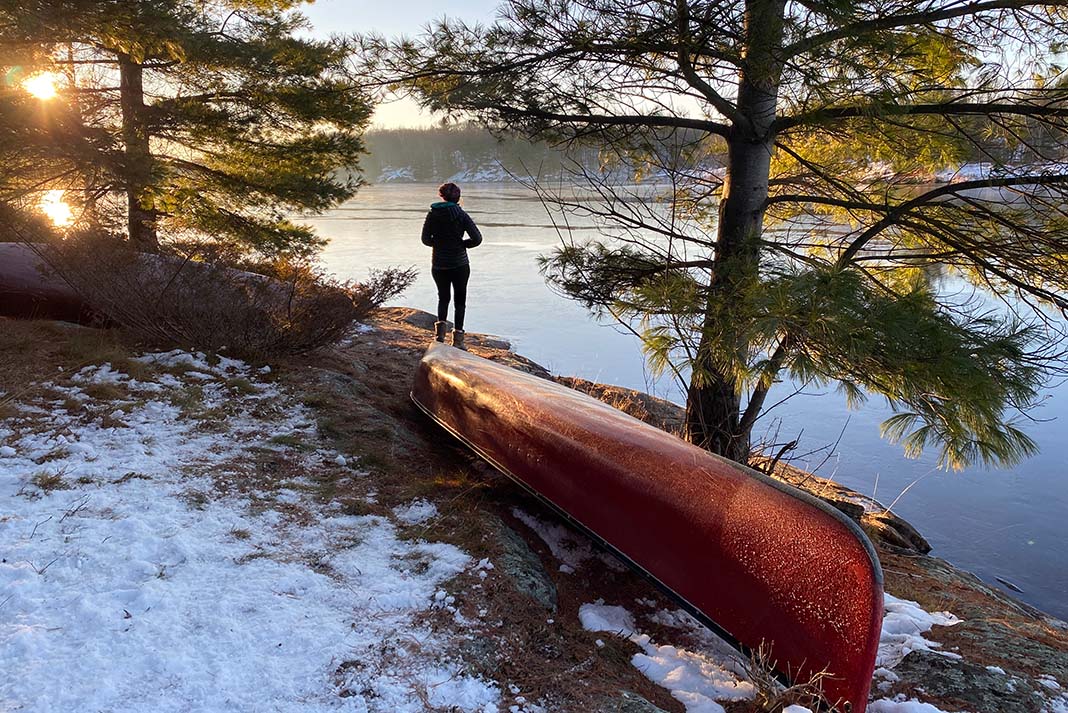
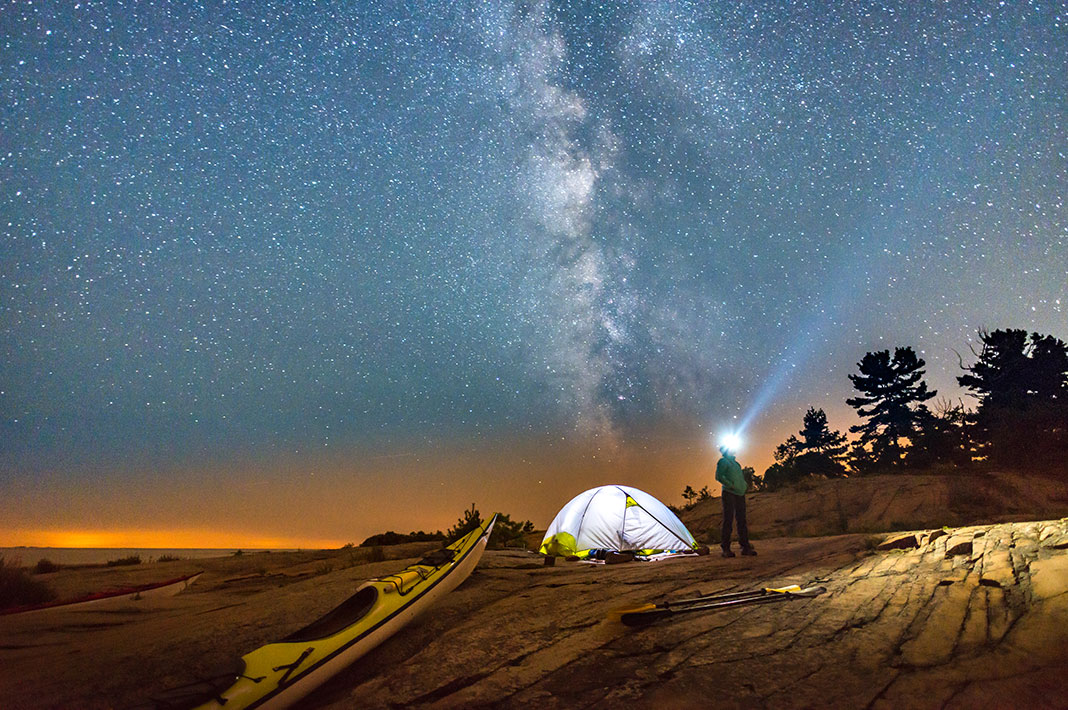
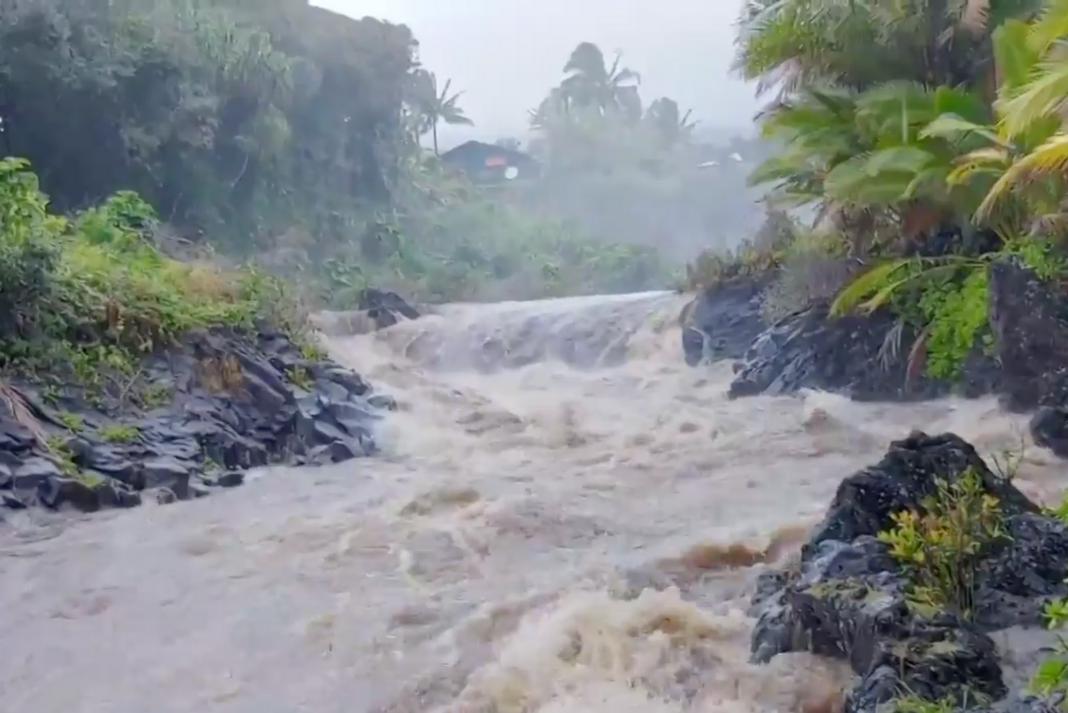
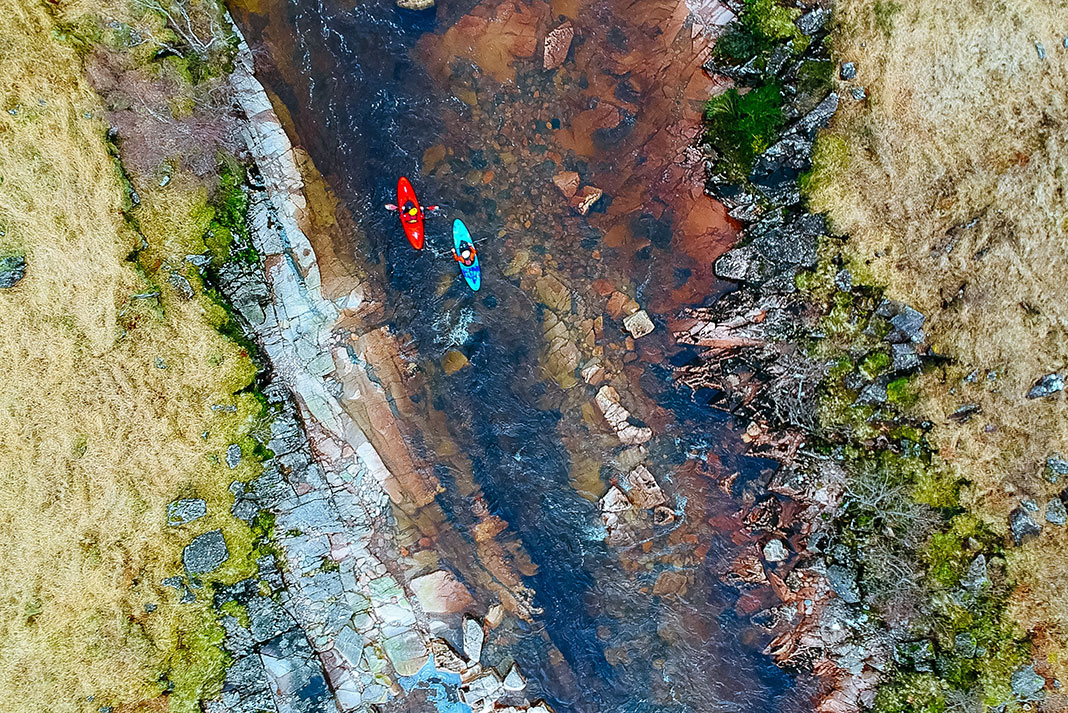
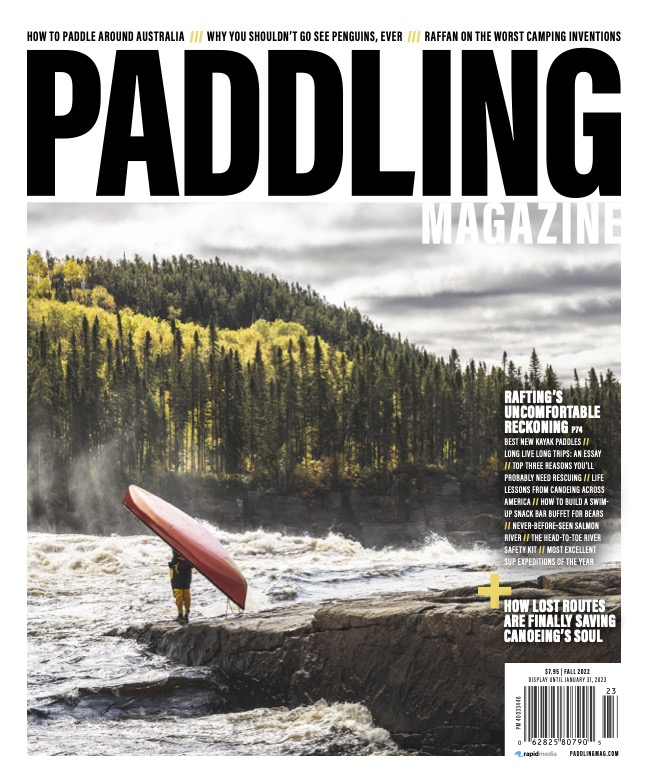 This article was first published in the Fall 2022 issue of Paddling Magazine.
This article was first published in the Fall 2022 issue of Paddling Magazine. 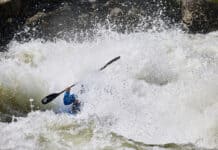
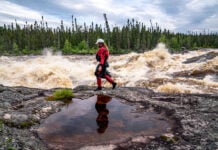
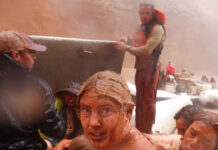
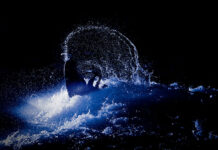
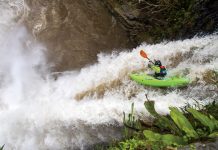

Honestly surprised that no river guide on the trip anticipated even the slightest possibility of flooding from a wash, given that the source of this particular sandbar is only from flooding. Someone screwed up.